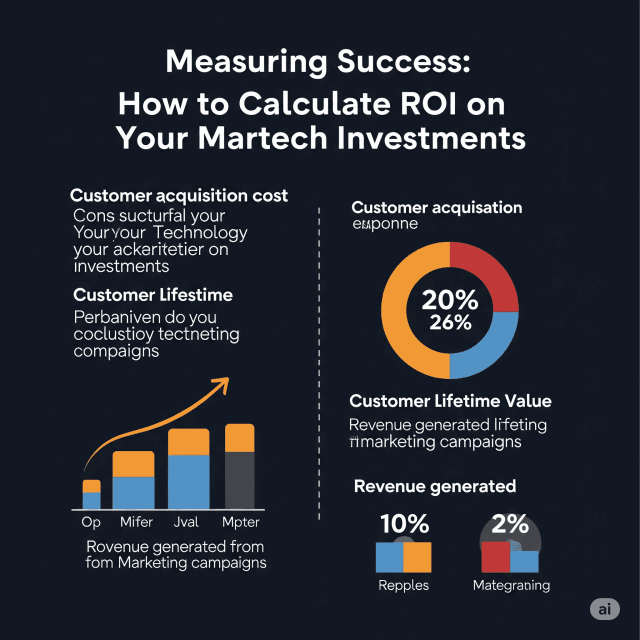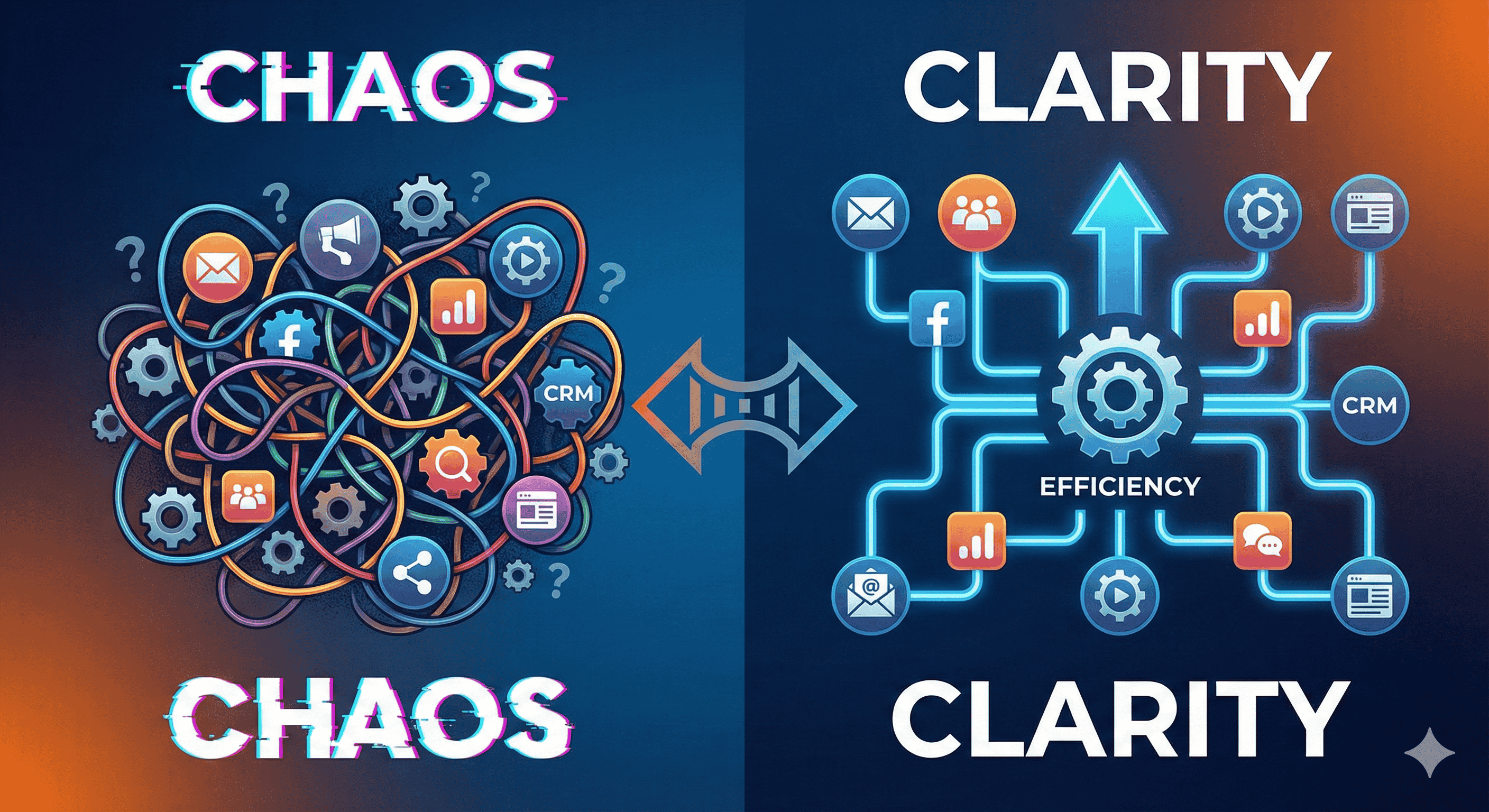In the ever-evolving landscape of digital marketing, the integration of technology into marketing strategies has become indispensable. Marketing technology, or MarTech, encompasses a range of tools designed to streamline and enhance marketing efforts, from customer relationship management (CRM) systems to advanced analytics platforms. However, as MarTech investments grow, so does the need to measure their effectiveness. Calculating Return on Investment (ROI) is crucial for marketers and business leaders to ensure that their expenditures lead to tangible benefits. This article explores how to effectively measure ROI on your MarTech investments.
Understanding ROI in the Context of MarTech
ROI is a performance measure used to evaluate the efficiency of an investment. In a marketing context, ROI is calculated as:
[
\text{ROI} = \frac{\text{Net Profit}}{\text{Cost of Investment}} \times 100
]
For MarTech investments, this involves analyzing the incremental revenue generated or savings achieved through the technology compared to the total cost of purchasing, implementing, and maintaining the system.
Steps to Calculate ROI on MarTech Investments
1. Define Clear Objectives
Before you can measure ROI, establish clear, measurable objectives for your MarTech investment. Common goals include:
- Increased lead generation
- Higher conversion rates
- Improved customer engagement
- Cost reductions in marketing processes
Having specific goals allows you to better assess whether the technology is meeting your expectations.
2. Identify Costs
Compile all costs associated with your MarTech investment, including:
- Initial Purchase Price: The upfront cost of the software or tools.
- Implementation Costs: Expenses related to installation, integration, and employee training.
- Ongoing Maintenance Costs: Subscription fees, updates, and any additional support services.
Understanding the total investment allows for a more accurate ROI calculation.
3. Measure the Benefits
Next, quantify the benefits derived from the MarTech solution. This can include:
- Revenue Increases: Analyze sales data to determine how much additional revenue can be attributed to the MarTech investment.
- Cost Savings: Assess efficiencies gained by streamlining processes, reducing reliance on manual tasks, or lowering marketing spend through better targeting.
- Intangible Benefits: While hard to quantify, improvements in customer satisfaction, brand recognition, and market reach should also be considered.
4. Calculate Net Profit
Once you have identified your benefits, the next step is to calculate the net profit:
[
\text{Net Profit} = \text{Total Benefits} – \text{Total Costs}
]
5. Compute the ROI
Finally, apply the ROI formula:
[
\text{ROI} = \frac{\text{Net Profit}}{\text{Total Costs}} \times 100
]
This percentage will give you a clear representation of the return on your MarTech investment. A positive ROI indicates that the investment has been worthwhile, while a negative ROI suggests a need to re-evaluate the technology’s effectiveness.
Challenges in Measuring ROI
Despite the clear structure of calculating ROI, there are challenges:
- Data Collection: Gathering accurate data across different systems can be difficult.
- Attribution: Determining which aspects of a MarTech investment contributed to revenue can be complex, especially in multi-channel environments.
- Timeframe: The benefits of certain MarTech tools may not be immediately visible; a long-term perspective is often necessary.
Best Practices
- Set Benchmark Metrics: Use historical data to set realistic benchmarks for measuring success.
- Continuous Monitoring: Regularly assess and adjust strategies based on performance insights.
- Involve Stakeholders: Ensure collaboration between marketing, sales, finance, and IT departments for a holistic view of ROI.
Conclusion
Calculating ROI on your MarTech investments is a critical practice that not only helps in budgeting but also provides valuable insights into the effectiveness of your marketing strategies. By defining clear objectives, identifying both costs and benefits, and understanding the challenges involved, marketers can make informed decisions that maximize their marketing technology investments. In today’s data-driven world, effectively measuring ROI is essential for sustained growth and competitive advantage.








